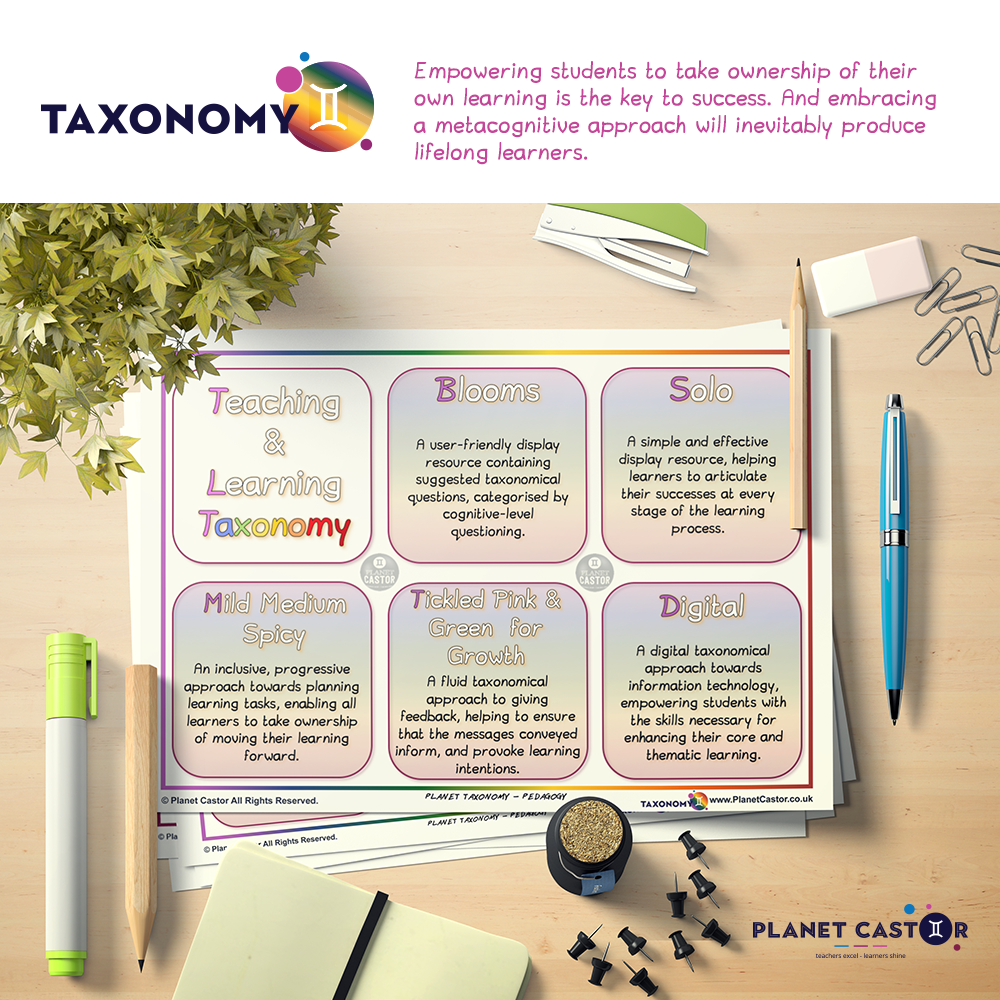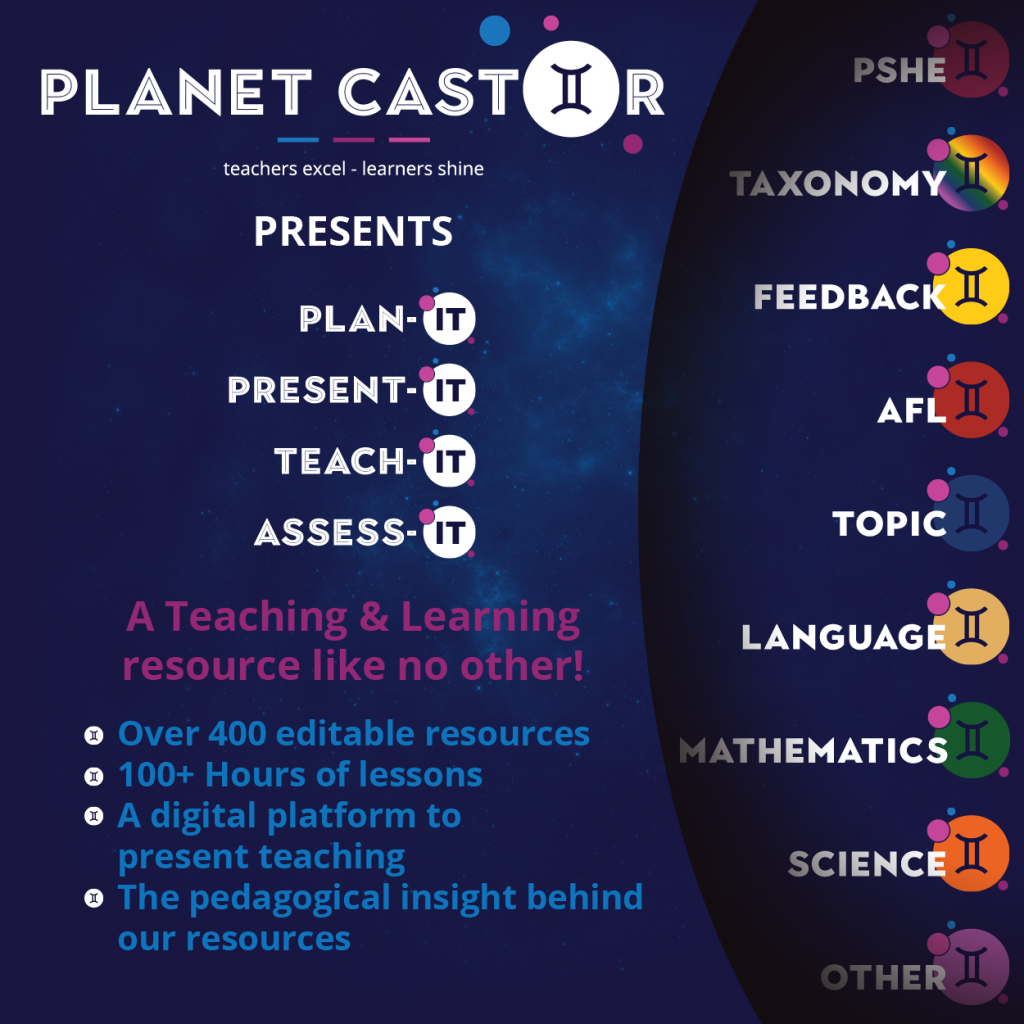How can taxonomy be incorporated in the way educators teach and students learn?
Education is not the learning of facts, but the training of the mind to think.
Albert Einstein
You are now at destination Planet Taxonomy. Taxonomic hierarchy categories were first conceived by the botanist Carolus Linnaeus. They are defined as a sequence of categories in a decreasing order from kingdom. When relating Linnaeus theory to the field of education, the “kingdom” can be anything synonymous with the teaching and learning process.
It took a long time for this educator to connect all the best practice that he had witnessed to his own pedagogical approach in the classroom. As I became more knowledgeable and familiar with curriculum expectations, so too did the quality of the lessons that I was planning improve. Learning outcomes were more concise and the success criteria appropriately scaffolded. Observers of my lessons were pleased and impressed with what they were seeing; however, I felt something was missing. The pressure to show that all my students were progressing had distracted my attention away from nurturing a united team ethic. I was now tailoring curriculums to meet the needs of groups of students. Many of my observers believed that my lessons were catering for everyone; however, what I was about to fully understand revolutionised the way that I taught, and in how my students learnt.
It took me a few more years, and regular visits to the bottom of my own learning craters, to finally understand that my former actions in the classroom were actually not in my students’ best interests. While I may have been providing lessons that satisfied the perceived educational messages of the time, in doing so I was inevitably capping the progress and aspirations of the young minds in front of me.
Planning should be a two-way process; yet students are seldom part of this process. Teaching is hectic, and quite often the thinking that goes into the planning phase occurs before or after students are in school. My planning was not fluid enough; and while the approach I was taking may have appeared to be catering for all groups and all learners’ needs, in reality it was limiting the progress they could make. It was at this point that I decided to remind myself why I first joined the teaching profession: to make connections with others; to be the dream-catcher of our futures; to nurture and bring out the best in people; to enable my students to shine in all that they do. It was never to keep agendas, politicians, senior leaders or indeed inspectors happy. From this moment I decided to take risks and employ approaches that would bring about significant change. I was fortunate to be working in a role that enabled me to review existing school policies, and, thankfully, I had a great team of colleagues, who trusted my instinct and were happy to join me in creating such journeys.
Once I had decided to put myself in the minds of my students I was able to think, and therefore plan, like a learner. What I uncovered, and the actions I took, were indeed rooted in taxonomy, even though I didn’t know it at the time. Planet Taxonomy will help question and shape your own thinking.
Our signature planning canvases, contained in Planet Castor’s Toolkit Bundle, are the perfect vehicle for launching such a pedagogical approach. Planet Castor’s approach was put into action: its teacher-users were excelling, and all students were shining. Observers (including those with clipboards) could do nothing but stand and admire.
Planet Castor’s planning canvases will help you to plan like a learner. They will allow you to spin all those plates and juggle all those balls, not just now but for the foreseeable future.



Leave a Reply